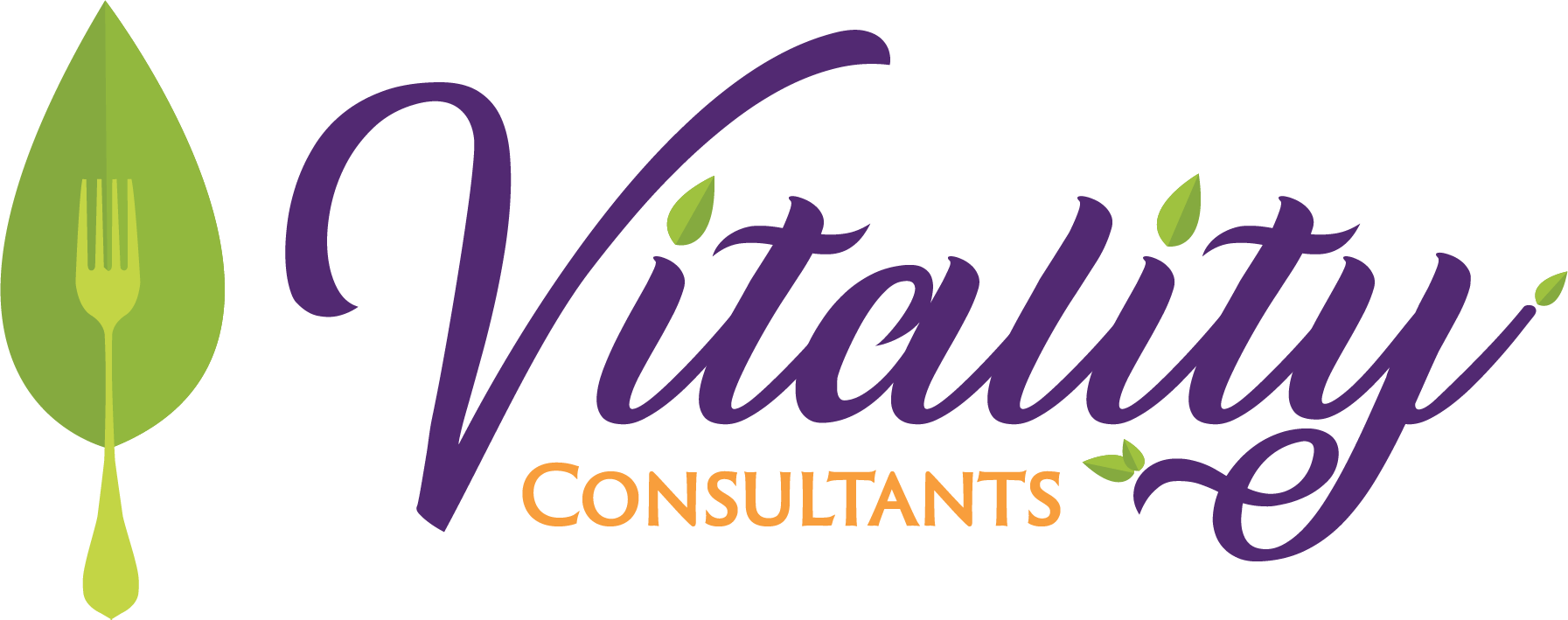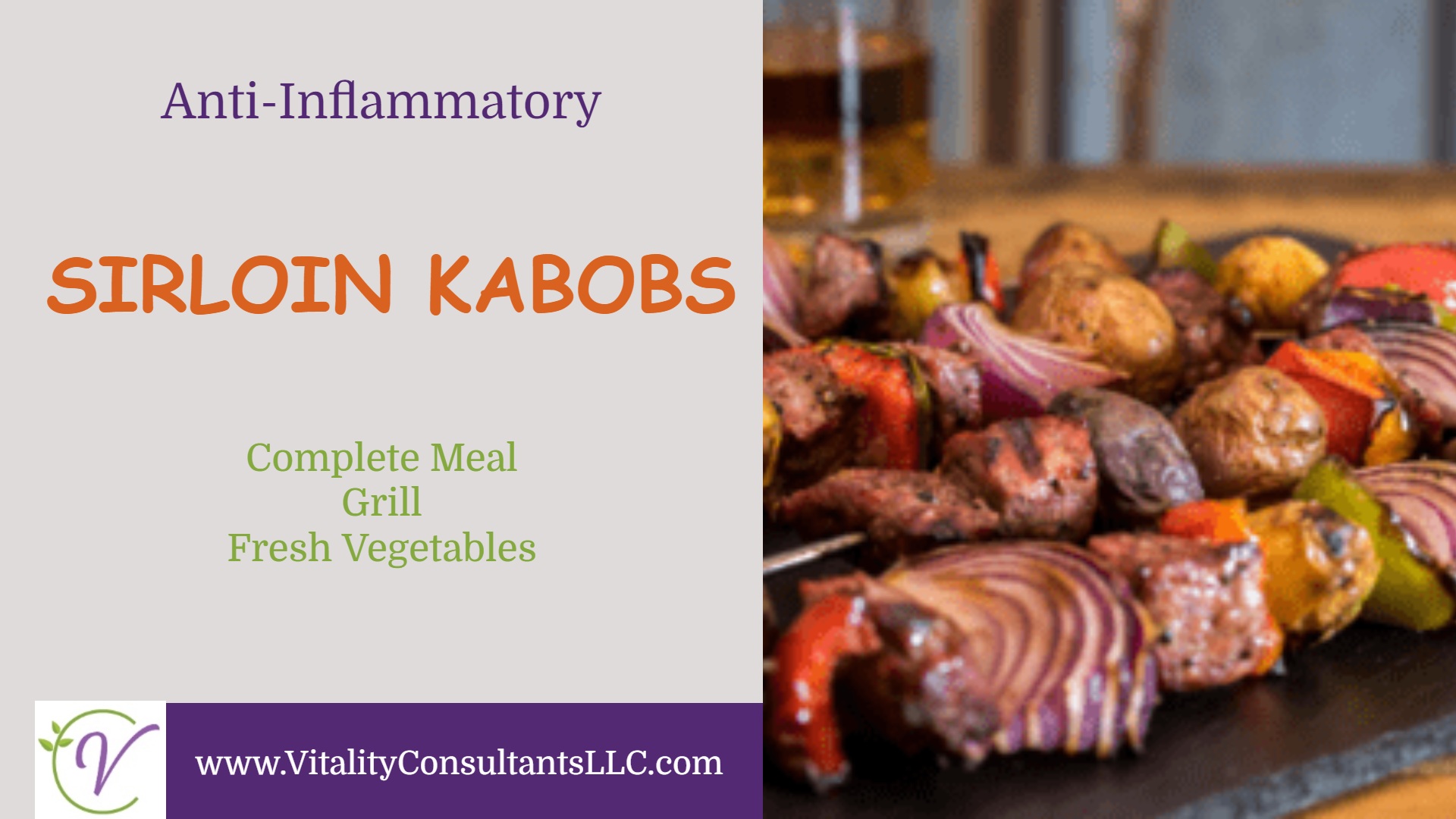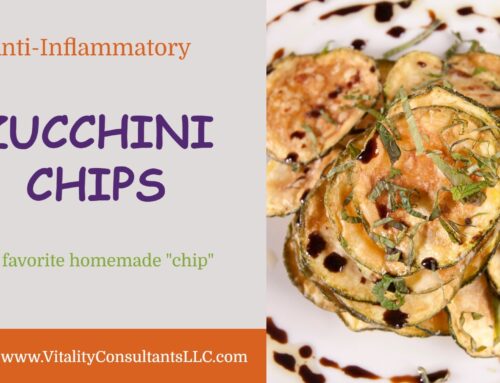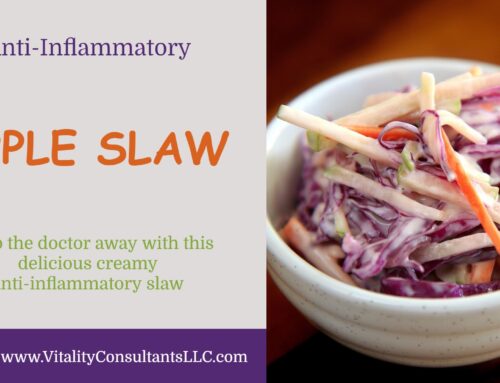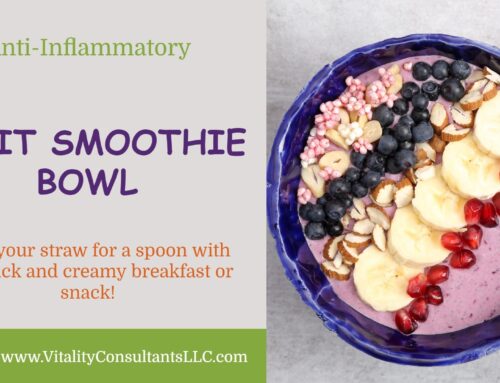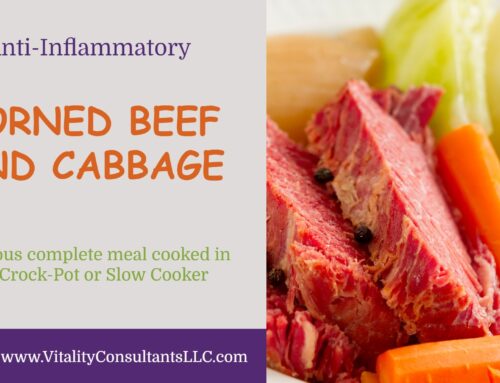Oxford Dictionaries defines an onion as an edible bulb with a pungent taste and smell, composed of several concentric layers, often used in cooking. This post will tell you all about onions and their anti-inflammatory benefits.
Onions belong to the Allium genus of plants that also includes garlic, shallots, leeks, and chives. And although the definition states that onions and their family members have a pungent taste and smell, many onion-loving fans will disagree. Some will say that onions are sweet. Others will put them into every recipe they prepare because they’re versatile and can be used to enhance the flavor of any savory dish.
Storage
And storage is a breeze. Onions do not need to be refrigerated. You can store them in a dry spot in your kitchen or basement for months. The Spruce Eats has a great article on The Best Ways to Store Onions.
Anti-Inflammatory Health Benefits
So, other than being anti-inflammatory, let’s talk for a minute about a few other health benefits of onions – these benefits are nothing to cry over. Onions:
- are low in calories but high in vitamins and minerals
- are a good source of potassium
- have anti-inflammatory properties to help lower the risk of heart disease, reduce high blood pressure, decrease levels of cholesterol and sugar in the blood, support strong bones, and protect against blood clots
- may have a protective impact against certain cancers, being an allium vegetable
- reduce lung tightness in people with asthma
- have been shown to hinder the growth of potentially harmful bacteria like coli
- help boost digestive health, improve the bacterial balance in your gut and benefit your immune system because they are a rich source of prebiotics
Onion Varieties
And onions come in many varieties. You will see white, yellow, red, and green onions. Other variations include leeks, chives, shallots, and pearl onions. And if you’re not a seasoned cook, how do you know which onion to use and for what dish? SeriousEats.com has a great Beginner’s Guide to Onions.
Adding Onions to Your Diet
Now, you’re probably wondering how to add onions into your diet. Here are a few ways to get those health benefits every day:
- Combine cooked onions with some of your favorite vegetables for a healthy side dish or stir fry
- Add cooked onions to egg dishes, such as omelets, frittatas or quiches
- Top your protein with sautéed onions – see our recipe for Steak and Onion Skillet
- Add thinly sliced red onions to your favorite salad or lettuce wrap
- Use onion and garlic (or shallots) as a base for stocks and soups
- Top tacos, fajitas, guacamole,and other Mexican dishes with chopped raw onions
- Make a homemade salsa (see recipe below) with onions, tomatoes, peppers, and fresh cilantro
- Blend raw onions with vinegar, olive oil, and fresh herbs for a delicious homemade salad dressing
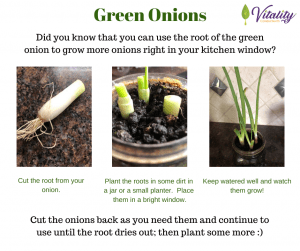
To have onions on hand, did you ever think about growing onions in your garden? It’s pretty simple. The Farmer’s Almanac has some great tips on planting, growing, and harvesting onions. Click here for more information! Because anti-inflammatory is the core of our business, at Vitality Consultants, we grow onions right in our window sills.
Finally, here’s a little tidbit about the onion plant. The bulb (from the ground) is used to make medicine and is commonly used for scarring. Most research shows that applying a gel containing onion extract to the skin, alone or with other ingredients, for at least ten weeks improves the appearance of scars.
Are you looking for an anti-inflammatory recipe that include onions? Here is one of our favorites for the grill!
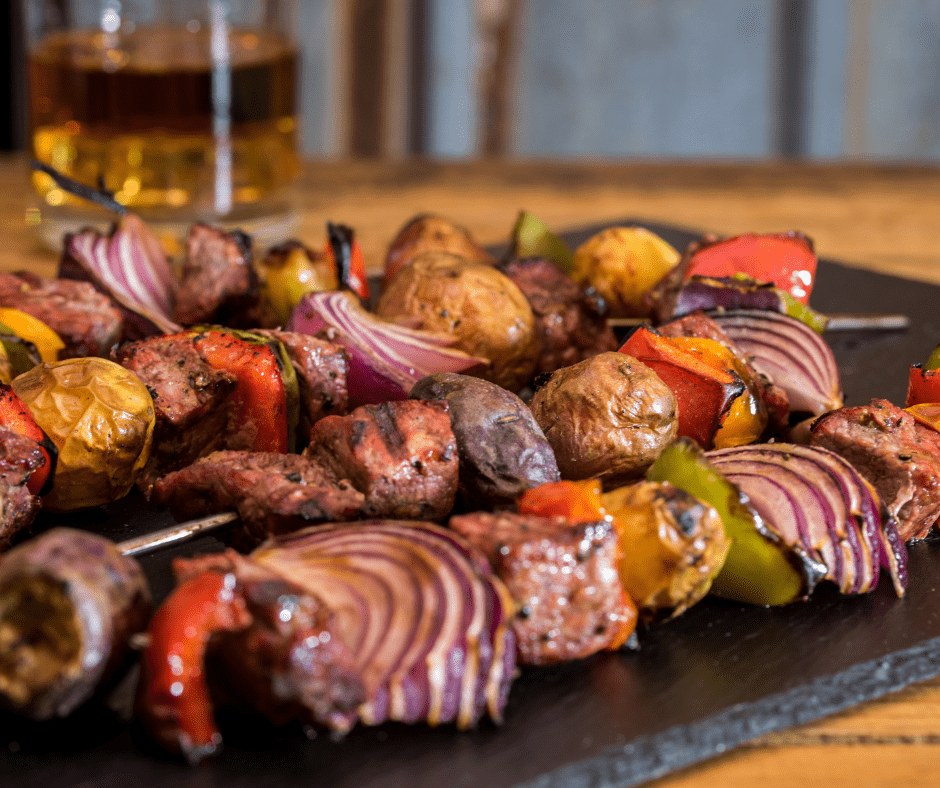
Sirloin Kabobs
Equipment
- Grill
Ingredients
- ½ cup olive oil
- ¼ cup Bragg Liquid Aminos coconut aminos or tamari soy sauce
- 3 Tbsp honey
- 2 Tbsp white vinegar
- ½ tsp ground ginger
- ½ tsp garlic powder
- 1 ½ lbs beef top sirloin steak cut into 1" cubes
- ½ lb whole fresh mushrooms
- 2 onions cut into wedges
- 1 red bell pepper cut into 1" pieces
- 1 green bell pepper cut into 1" pieces
- 1 yellow summer squash or zucchini cut into 1/2" slices
- 3 cups cauliflower rice
- 2 Tbsp olive oil
- Salt pepper and garlic powder to taste
Instructions
- In a large bowl, mix first six ingredients until well combined. Add beef to the bowl and turn to coat well. Cover and refrigerate 8 hours or overnight.
- Preheat grill to medium heat.
- On 12 metal or soaked wooden skewers, alternately thread beef and vegetables. Discard marinade.
- Grill kabobs covered, until beef reaches desired doneness, 10-12 minutes.
- Meanwhile, in a medium skillet, heat 2 Tbsp olive oil. Add cauliflower rice with salt, pepper and garlic powder to taste. Cook until heated through, 5-7 minutes.
- Evenly divide the cauliflower rice between plates and top with kabobs.
Notes
- Use smaller skewers and serve this recipe as a delicious hearty appetizer.
- Try this recipe filled with anti-inflammatory benefits with chicken, pork tenderloin or shrimp and any veggies that your family loves.
- Option: Grill your protein on the side and have the VEGGIE KABOBS as a side dish.
#AntiInflammatory #EasyStorage #NothingToCryOver #EatWellBeWell
Want free anti-inflammatory recipes, downloadable resources and efficiency tips and tricks from a professional chef? Of course, you do! Click here for the secret sauce!

